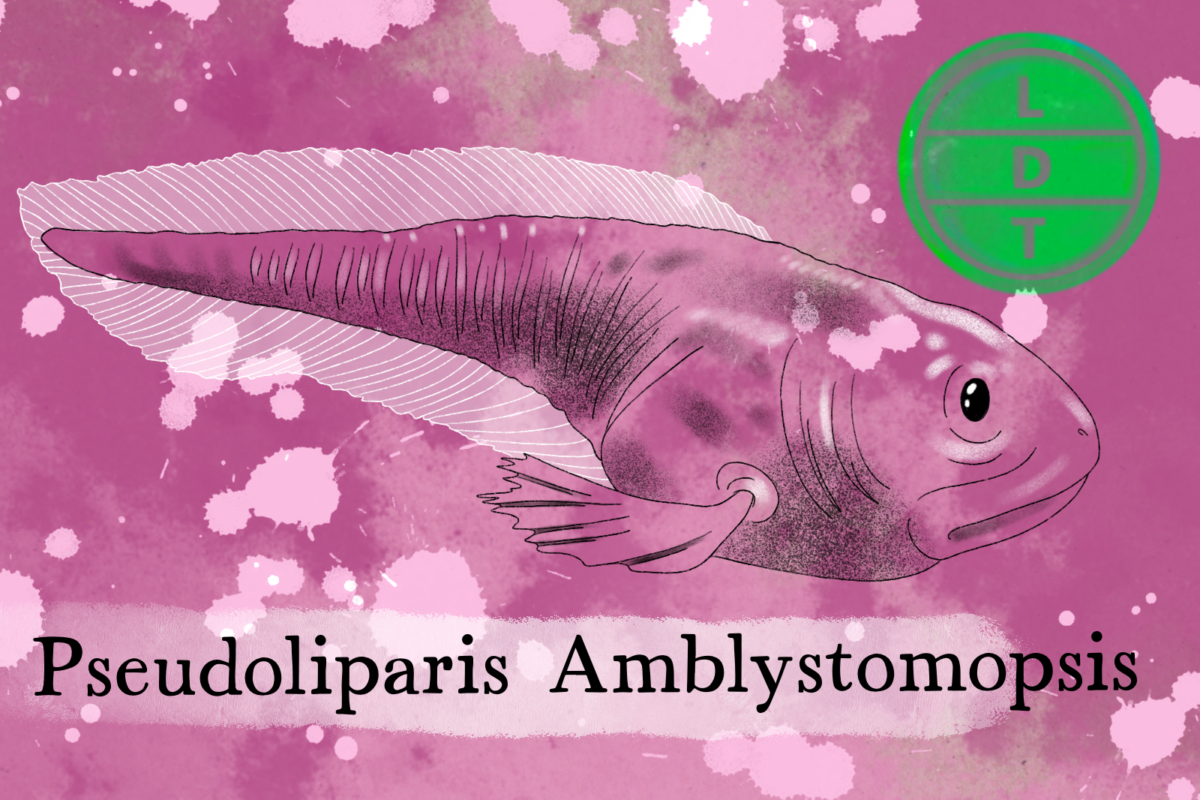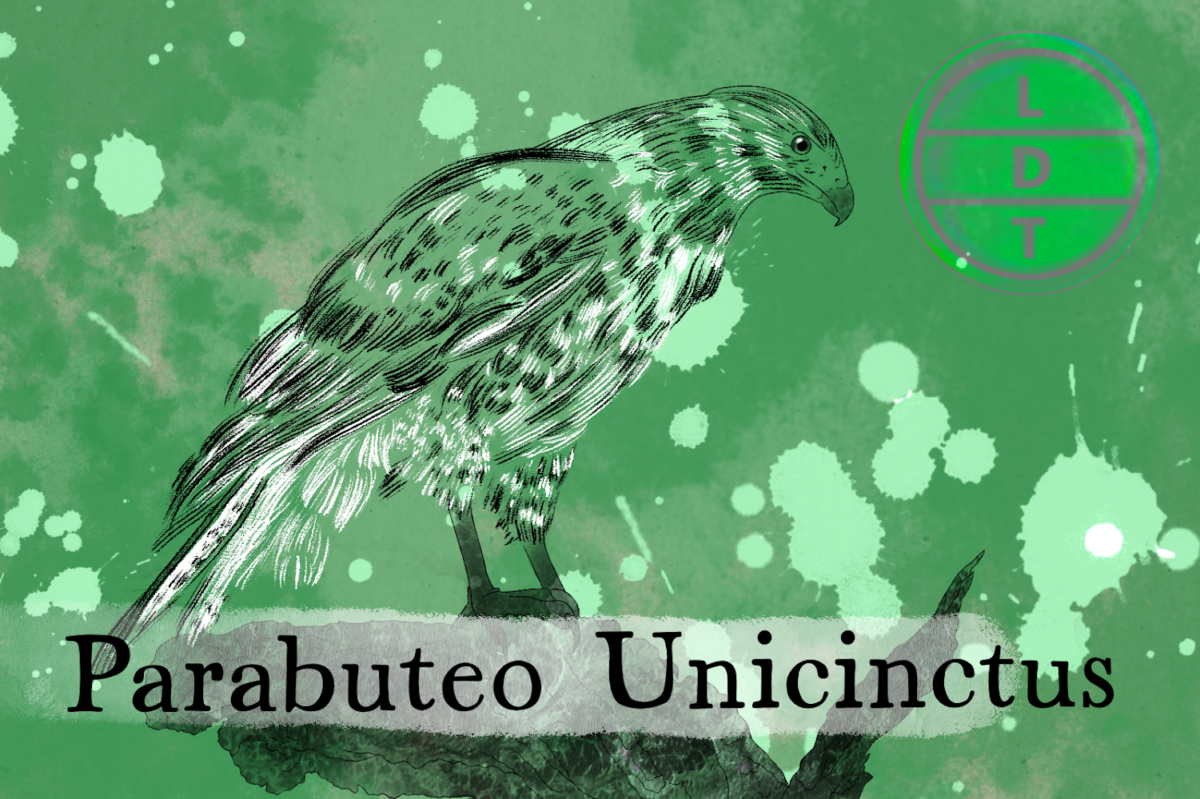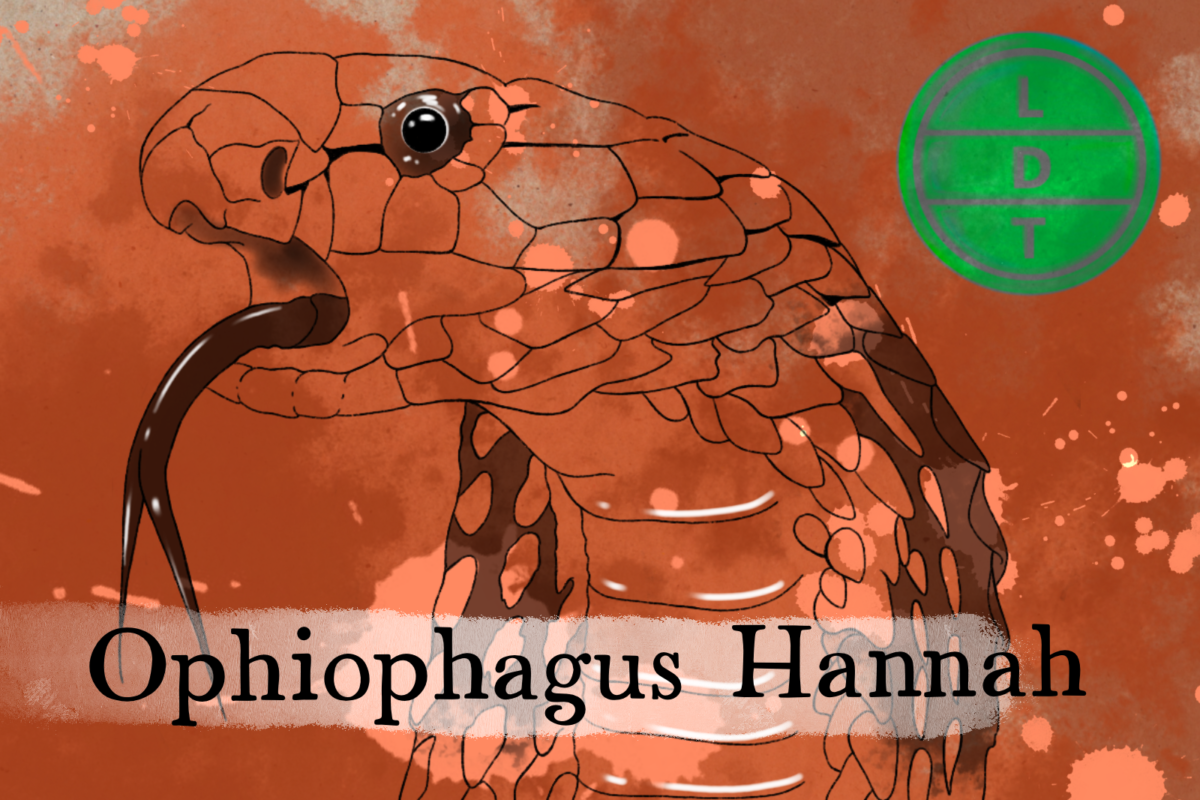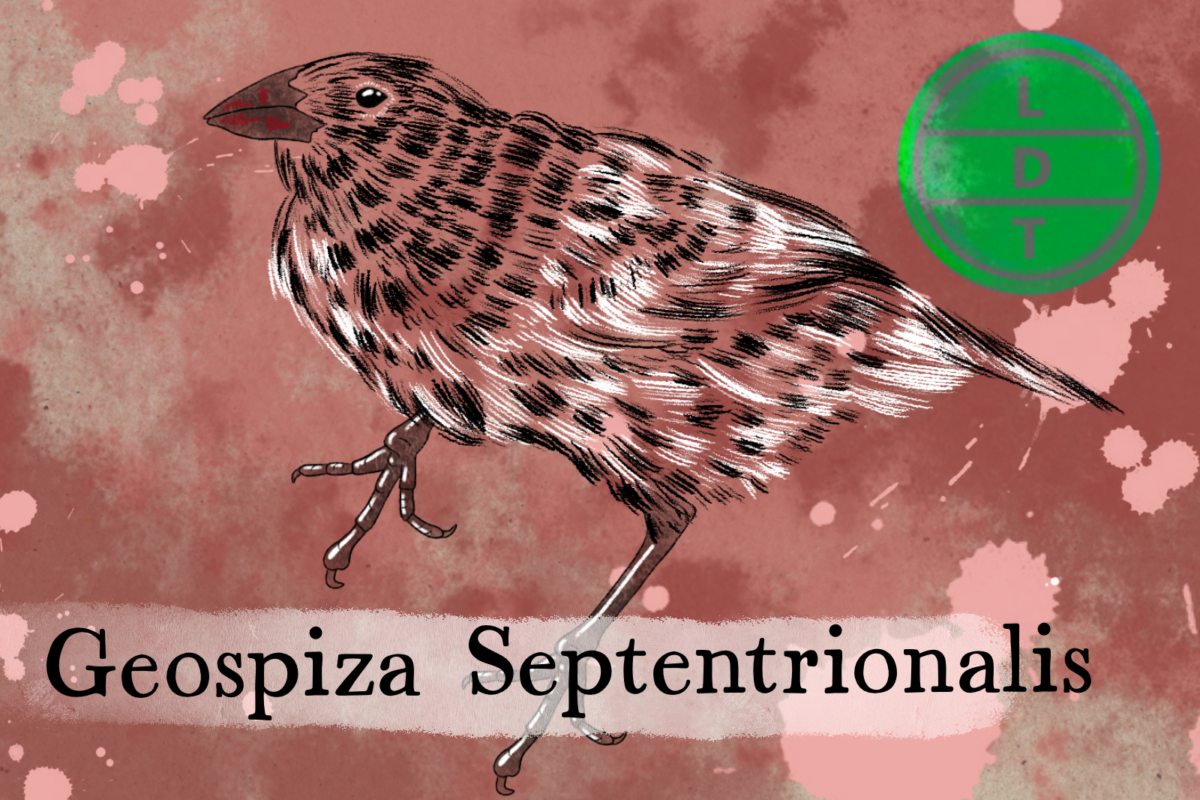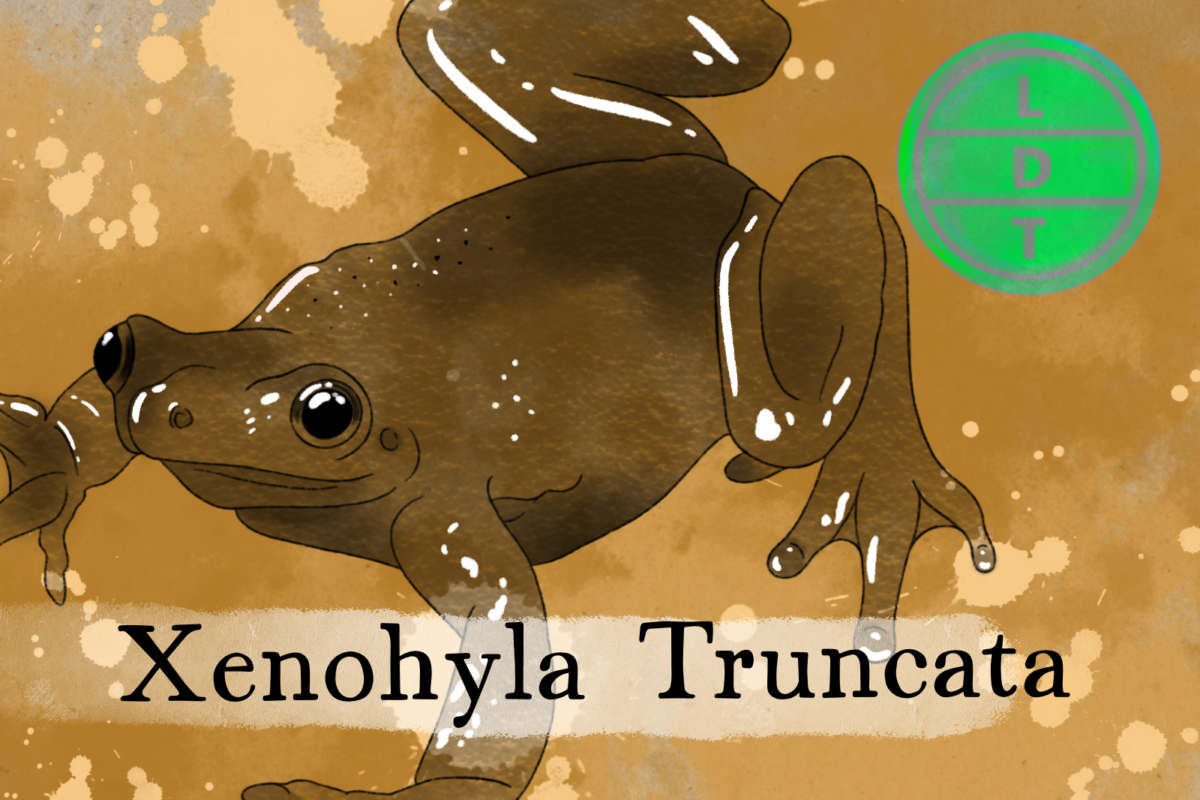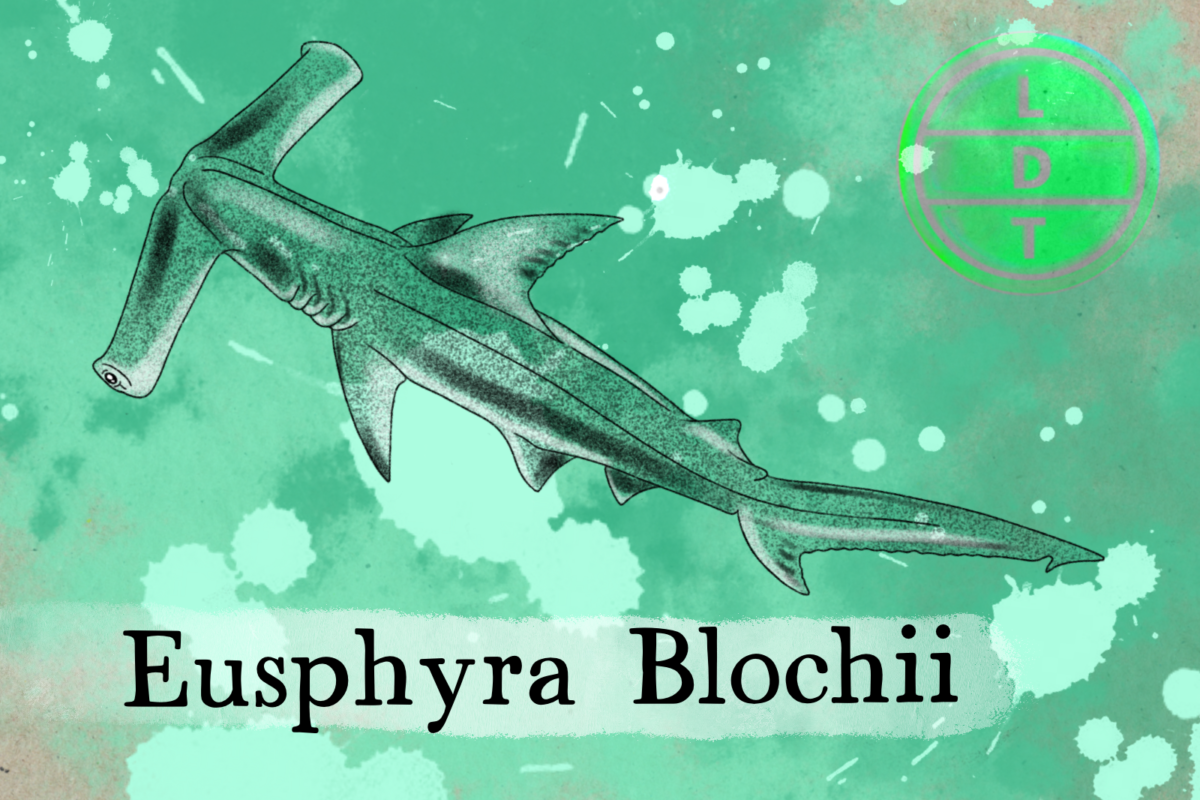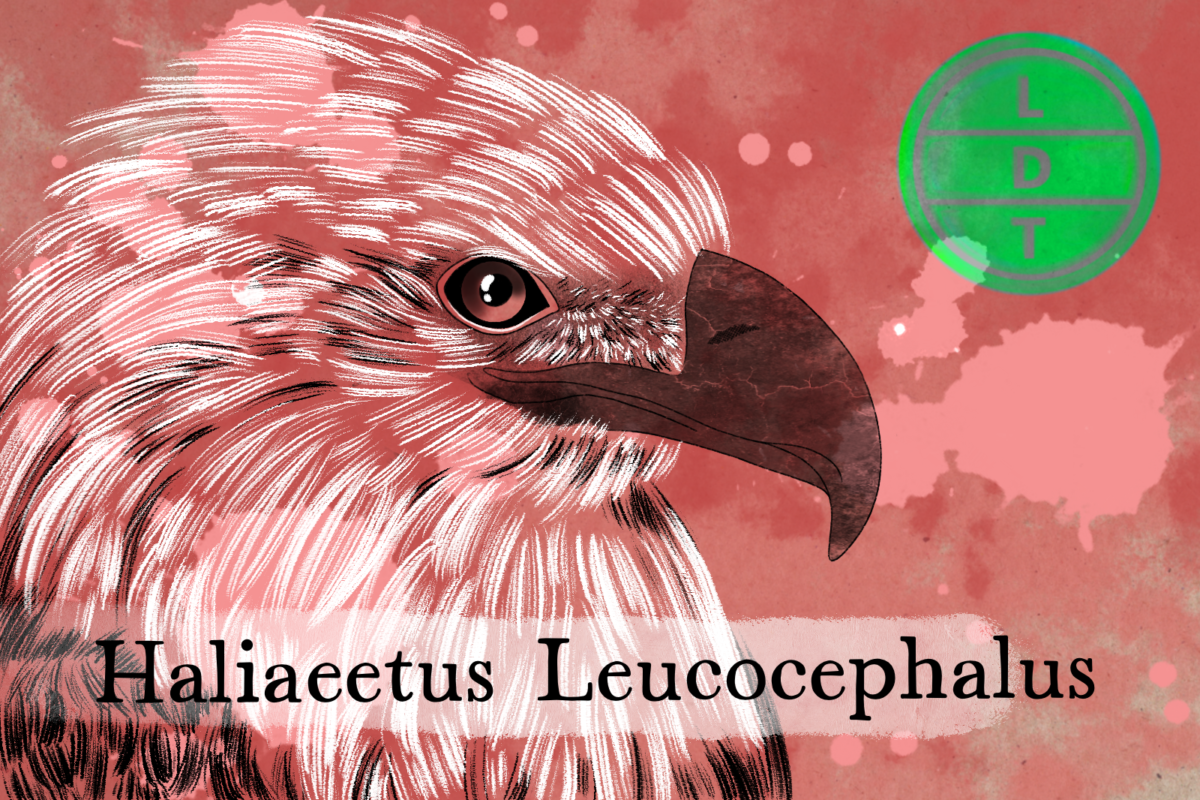“…and today we’re talking about the cousin of an alumni. But more on that later.”
Deep in the water where no fish hang out lives a glum, gloomy swimmer with some ever-present clout. The hadal snailfish lives where pretty much nothing else can live – the hadal zone. The pressure and temperature of the water alone make it almost impossible for anything with DNA to survive, and that includes just about every living thing – plant or animal. But with some zest adaptations and prepper’s supply of extra genes, it’s all good in the neighborhood here in Life, Death, and Taxonomy..

